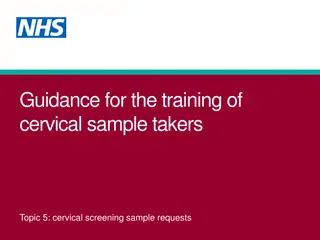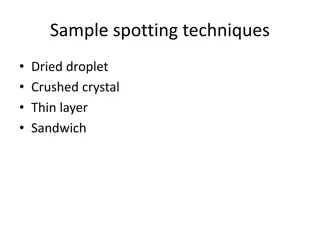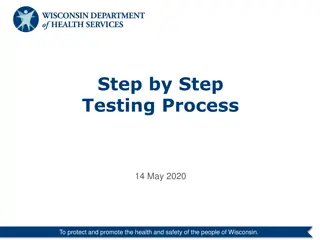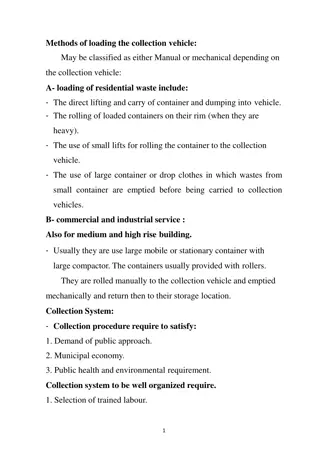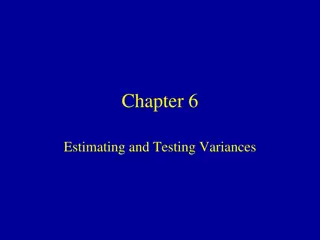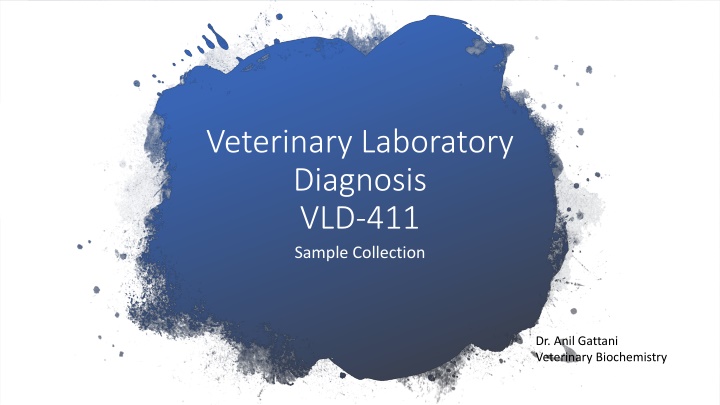
Veterinary Laboratory Sample Collection and Handling Guidelines
Learn about the importance of proper sample collection and handling in veterinary laboratory diagnosis. Understand the risks of inadequate specimen quality and how to avoid common errors such as hemolysis, specimen rejection, and more.
Download Presentation

Please find below an Image/Link to download the presentation.
The content on the website is provided AS IS for your information and personal use only. It may not be sold, licensed, or shared on other websites without obtaining consent from the author. If you encounter any issues during the download, it is possible that the publisher has removed the file from their server.
You are allowed to download the files provided on this website for personal or commercial use, subject to the condition that they are used lawfully. All files are the property of their respective owners.
The content on the website is provided AS IS for your information and personal use only. It may not be sold, licensed, or shared on other websites without obtaining consent from the author.
E N D
Presentation Transcript
Veterinary Laboratory Diagnosis VLD-411 Sample Collection Dr. Anil Gattani Veterinary Biochemistry
Patient Preparation Fasting requirements Provocation tests : e.g. Glucose Tolerance Tests
General Specimen Collection and Handling Guidelines Specimen Quality
Hemolysis Autoimmune hemolytic anemia Transfusion reaction Improper specimen collection Specimen processing, or specimen transport Centrifuge speed or time Needle gauge size Exposure to excessive heat or cold
Inadequate Draw/Quantity Not Sufficient (QNS) Clotted Specimens Lipemia Poor Preservation/Old specimens
Order of Blood Draw Clear (Discard) Tube Blood Cultures Light Blue (Sodium Citrate) Red/ Dark Blue (Clot Activator) Green (Heparin/Lithium) Lavender (Purple/EDTA) Pink (K2EDTA) Grey (Potassium oxalate/sodium fluoride)
Specimen Rejection Specimen is not accurately and properly identified. Specimens that are received in an incorrect container, collected improperly. Specimens collected in expired collection media, tube or kit. Insufficient specimen volume received to perform testing. They are not accompanied by a requisition/order. The quality/integrity of the sample is suboptimal or too old to yield accurate results.


